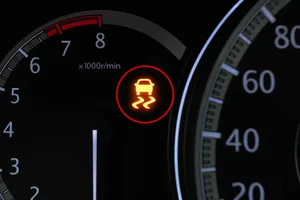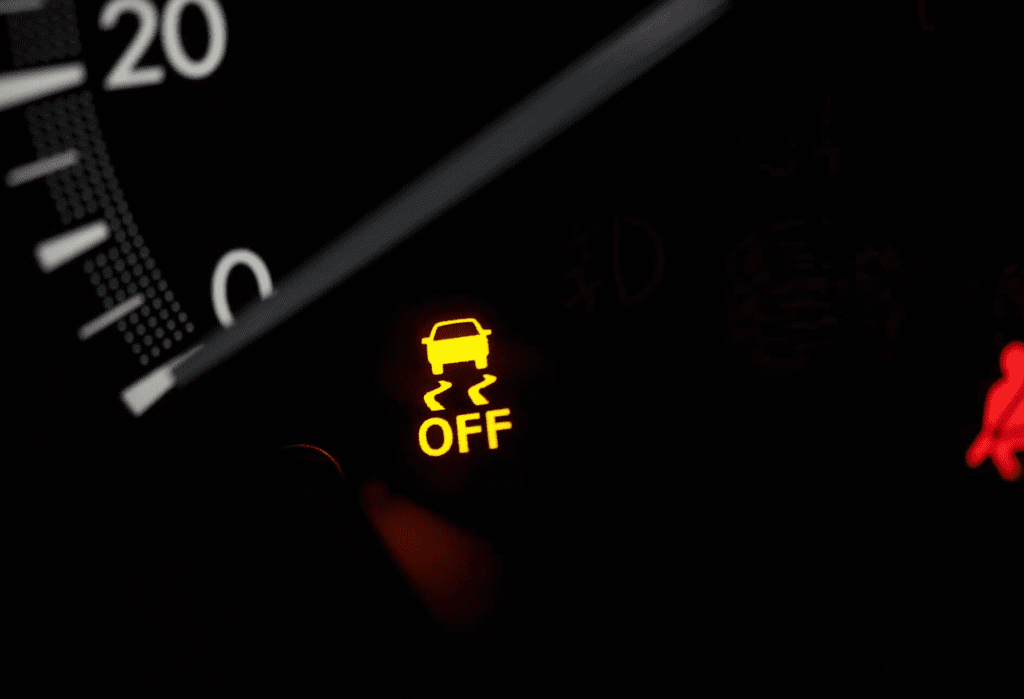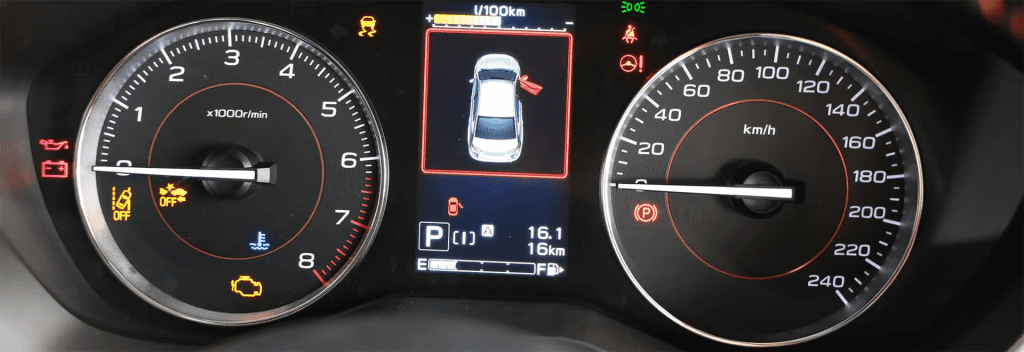Have you ever noticed a VSC light flashing on your car’s dashboard and wondered what it means? If so, you’re not alone. Many drivers see this warning light and immediately feel concerned, unsure if it signals a minor issue or something serious.
The good news? VSC, or Vehicle Stability Control, is a safety feature designed to keep you safe on the road. But if the light stays on, it could indicate a potential problem that needs attention.
So, what exactly is VSC, how does it work, and what should you do if the warning light appears? Let’s dive into the details.

What Is the VSC System?
The Vehicle Stability Control (VSC) system is an advanced safety feature primarily found in Toyota and Lexus vehicles. It’s designed to prevent skidding and loss of control, especially in slippery or challenging driving conditions.
VSC is part of your car’s electronic stability control (ESC) system, which is now a standard safety feature in all cars manufactured after 2012 in the United States. However, the specific VSC system is exclusive to Toyota and Lexus models.
When working correctly, VSC helps keep your car stable by adjusting engine power and applying brakes to individual wheels when necessary. This means that if your vehicle begins to slide or loses traction, the system will automatically engage to help you regain control.
How Does the VSC System Work?
VSC works by constantly monitoring your vehicle’s movement using sensors placed on all four wheels. These sensors collect data on:
- Wheel speed
- Steering angle
- Yaw rate (rotation of the vehicle around its vertical axis)
- Lateral acceleration
If the system detects that your car is starting to skid or lose traction, it immediately takes action by:
- Reducing Engine Power – The system can automatically lower your engine’s output to prevent your car from spinning out.
- Applying Individual Brakes – It may apply braking pressure to specific wheels to help your vehicle regain stability.
- Adjusting Transmission Shifts – In some cases, the system might alter the gear shifts to optimize traction control.
This all happens in real-time, ensuring that the driver remains in control, even in hazardous road conditions like rain, snow, or sudden swerves.
Why Is My VSC Light On?
Seeing your VSC light flash briefly while driving is completely normal—it simply means the system is actively working to keep you safe. However, if the VSC light stays on continuously, it could signal a problem.

Common Reasons the VSC Light Stays On:
- The System Is Temporarily Disabled
- Sometimes, the VSC system turns off automatically due to certain road conditions or driving situations, such as off-road driving or spinning tires in deep snow or mud.
- In this case, restarting the car may reset the system.
- You Accidentally Turned It Off
- Some vehicles have a VSC OFF button (often located near the steering wheel or on the center console). If pressed, it disables the system.
- Try pressing the button again to see if the VSC light turns off.
- A Fault in the ABS or Traction Control System
- Since VSC is closely linked to your car’s Anti-Lock Braking System (ABS) and traction control, any issue with these components could trigger the VSC light.
- Check Engine Light is On
- In many cases, the VSC light and Check Engine light will appear at the same time. This usually indicates a deeper issue with the engine, sensors, or emissions system.
- Wheel Speed Sensor Malfunction
- Since VSC relies on wheel speed sensors, a faulty sensor could cause the system to malfunction and trigger the warning light.
- Steering Angle Sensor Issue
- If your steering angle sensor is misaligned, the system might detect incorrect movement, causing the VSC warning to illuminate.
How to Fix the VSC Light Issue
If your VSC light stays on, here are the steps you should take to diagnose and fix the issue:
1. Restart Your Car
- Sometimes, a simple engine restart can reset the system and turn off the VSC warning light.
2. Check If the VSC System Is Manually Turned Off
- Look for the VSC OFF button inside your car and press it to see if the light disappears.
3. Use an OBD-II Scanner to Read Error Codes
- Since the VSC system is tied to your car’s main control unit, you can use an OBD-II scanner to read diagnostic trouble codes (DTCs).
- If the scanner shows an issue with ABS, traction control, or sensors, you may need professional service.
4. Inspect Wheel Speed Sensors
- If you’re comfortable with basic car maintenance, check the wheel speed sensors for dirt, debris, or loose connections.
- Damaged sensors should be replaced to restore proper function.
5. Visit a Professional Mechanic
- If the VSC light remains on and you’re unsure of the cause, take your car to a trusted mechanic.
- A professional can run a full diagnostic test to determine if repairs are needed.

Can You Drive with the VSC Light On?
It depends on why the light is on.
- If the light is flashing briefly while driving, it means the system is actively working, and your car is safe to drive.
- If the light stays on permanently, it means VSC has been disabled, and your vehicle may not have stability control in slippery conditions.
In general, it’s best to get your car checked as soon as possible if the VSC light remains illuminated. Driving without a functioning stability control system can be dangerous in wet, icy, or uneven road conditions.
Final Thoughts: Understanding the VSC System Keeps You Safer
The VSC dashboard light isn’t just another random indicator—it’s a critical safety feature designed to prevent skidding and help you maintain control.
A flashing VSC light is normal, as it means the system is doing its job. But if the light stays on, it’s important to diagnose the problem to ensure your car remains safe to drive.
Whether it’s a minor reset issue or a larger mechanical fault, addressing a persistent VSC warning can save you from potential hazards on the road. If in doubt, consult a trusted mechanic to keep your car in peak condition.